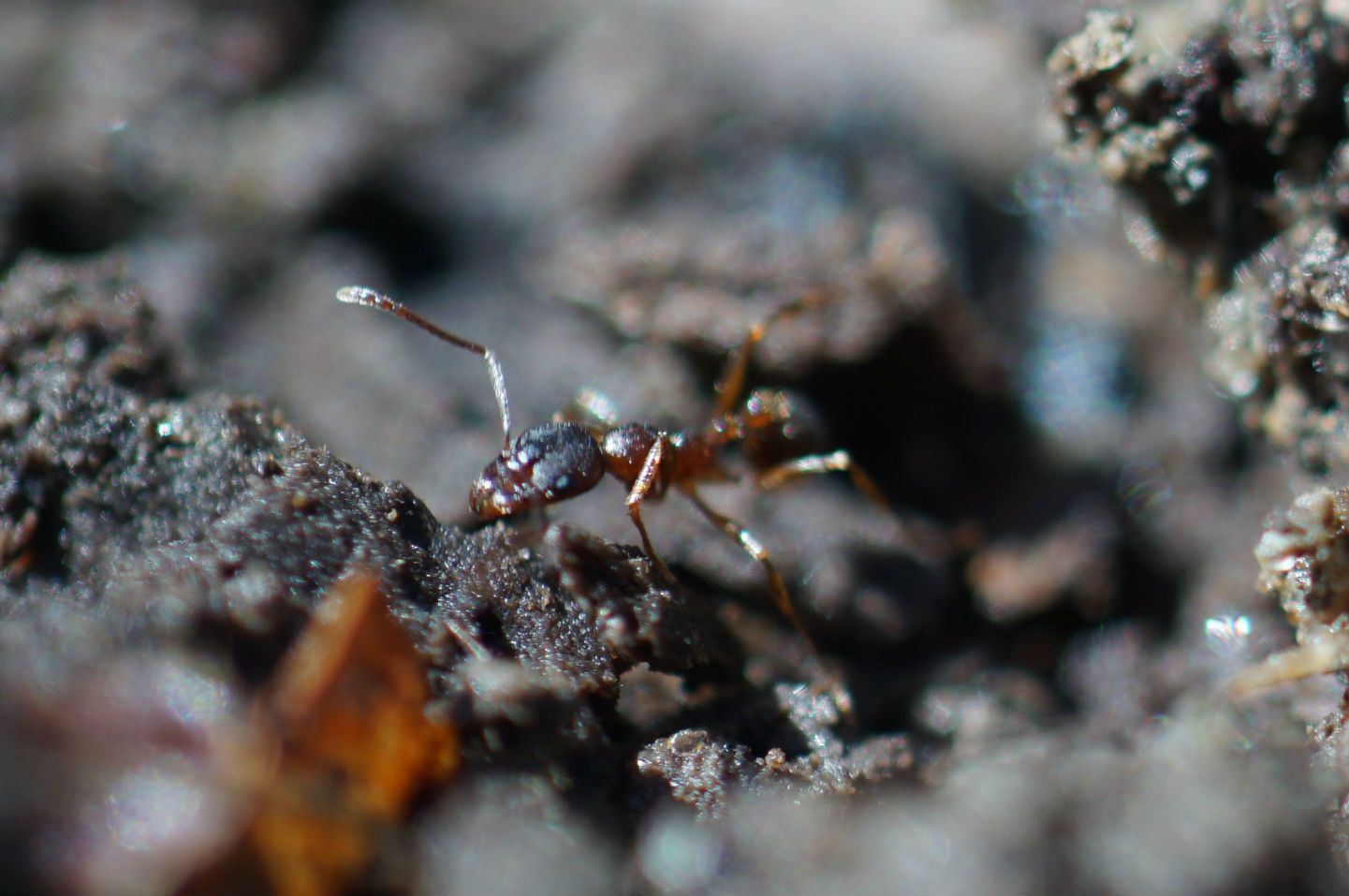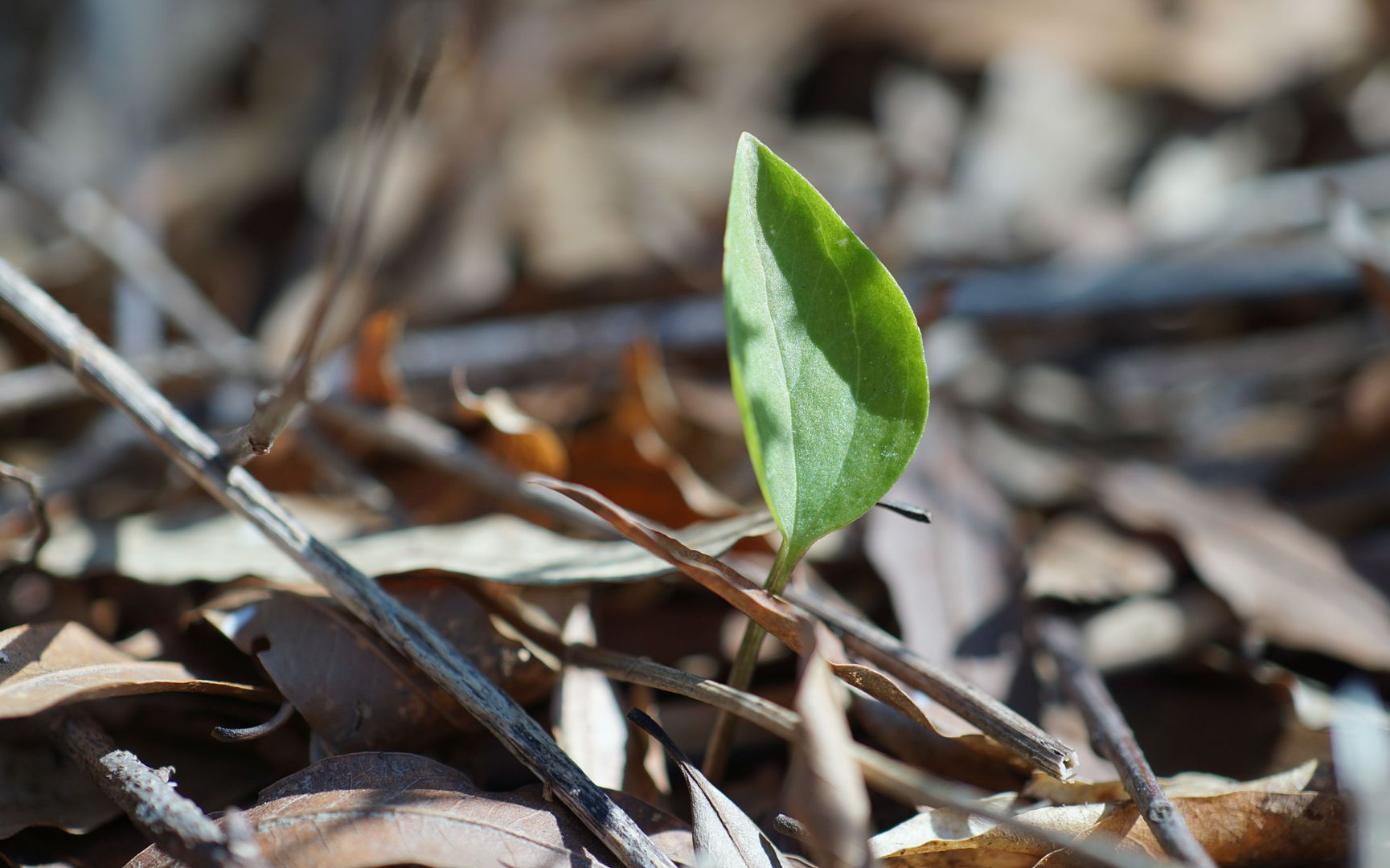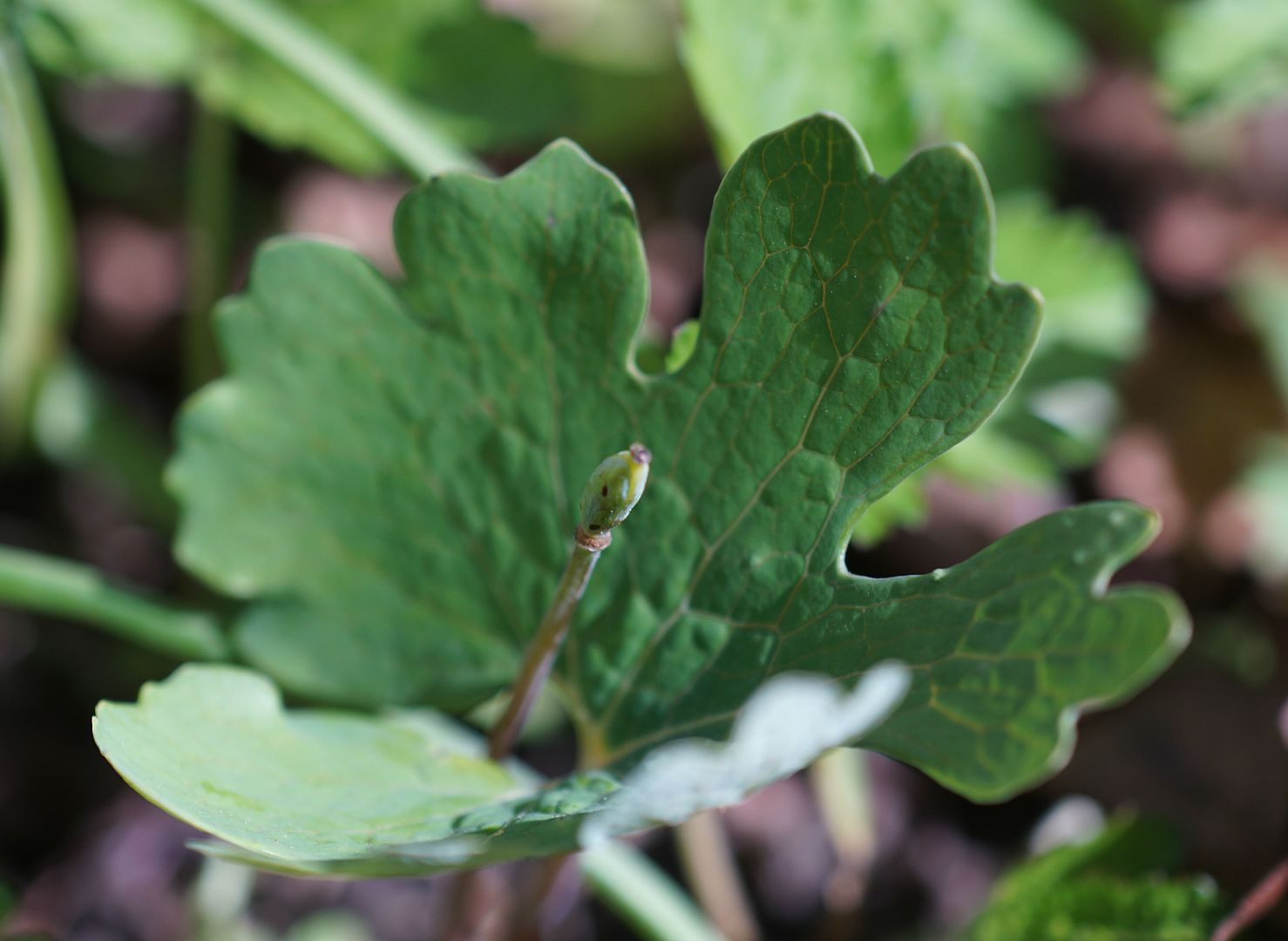I was out messing around with my new camera and lenses today. And I got enough good photos that I can reasonably tell a story with.
Pictured here is an ant, Apheanogaster rudis, which is a common "woodland" species though you can certainly find them nesting anywhere there's hardwood trees such as Oaks and Maples about. For years I've been feeding this colony Trillium seeds along with other ephemerals that engage in Myrmecochory, ant plant seed dispersal. Basically the plant has packets of elaiosome on the seeds which the ants find tasty and bring back to the nest, thus dispersing the seed away from the parent plant.
As I said, with this colony I've been the one giving them the seeds. However, I've witnessed other colonies in my yard showing up to damaged Trillium seedpods and making off with them too, so it does happen naturally. For the purpose of taking photos though it's so much easier to just shoving the seed in the ant's mouth and saying "Hold This!" so I can get a shot or two of it.
While Myrmecochory is a natural process, it is not a requirement for seeds to be successful. Gardeners can just as well plant the seeds themselves as they would a packet of tomatoes. They take two years to germinate, and the better half of a decade to flower after that, but the planting them on your own is just that easy. In nature though it's to the plant's benefit that these seeds germinate far away because their rhizome (root) is going to expand and send up new shoots to form a clump in a few years, and it's no good having tons of seedlings trying to grow in their way. Actually it's even easier for the gardener to dig up the rhizome either while they're flowering or a few weeks before (Yes, while they're flowering!) and shake or cut the rhizomes apart that way. Each individual rhizomes wants to grow into its own clump anyhow so it's worth it to break them up every few years.
Well, I checked the colony of Aphaenogaster rudis today and found this poking up right next to the nest. It's a first year Trillium grown from seed. They send up a simple leaf and that's it for the whole year. Next year it should be two leaves, and then three after that, and then possibly flowering or a second shoot after that and so on. It's likely in years to come I'll find more of these around the nest as I've literally been dumping Trillium seedpods on this colony for the past five years.
An issue though is it's not an ideal place for Trilliums to grow. It's just too dry in that part of the garden so even if they do flower, I'll have to work hard to keep them watered or they'll go dormant before setting seed. This is likely why I haven't seen any seedlings growing until now. Another thought is the soil might not have been right. We were always in the habit of removing leaf litter from the gardens, but in recent years I've started leaving the leaf litter where it falls, sometimes even raking it off the paths and right into the garden for extra winter coverage. In theory this should help build the soil as the leaves break down, and the new leaves added add insulation for the plants below.
Another thing I'd like to mention is Blood Root. This ephemeral has been strangely missing from my garden. A few years back I bought a seed pack from Prairie Moon Nursery and tossed them out into the front garden. I hadn't thought anything of them because the leaves that came up last year were all the size of a dime, (tiny). Well this year it seems one not only decided to produce a great big leaf, but also flowered... and I missed it!


